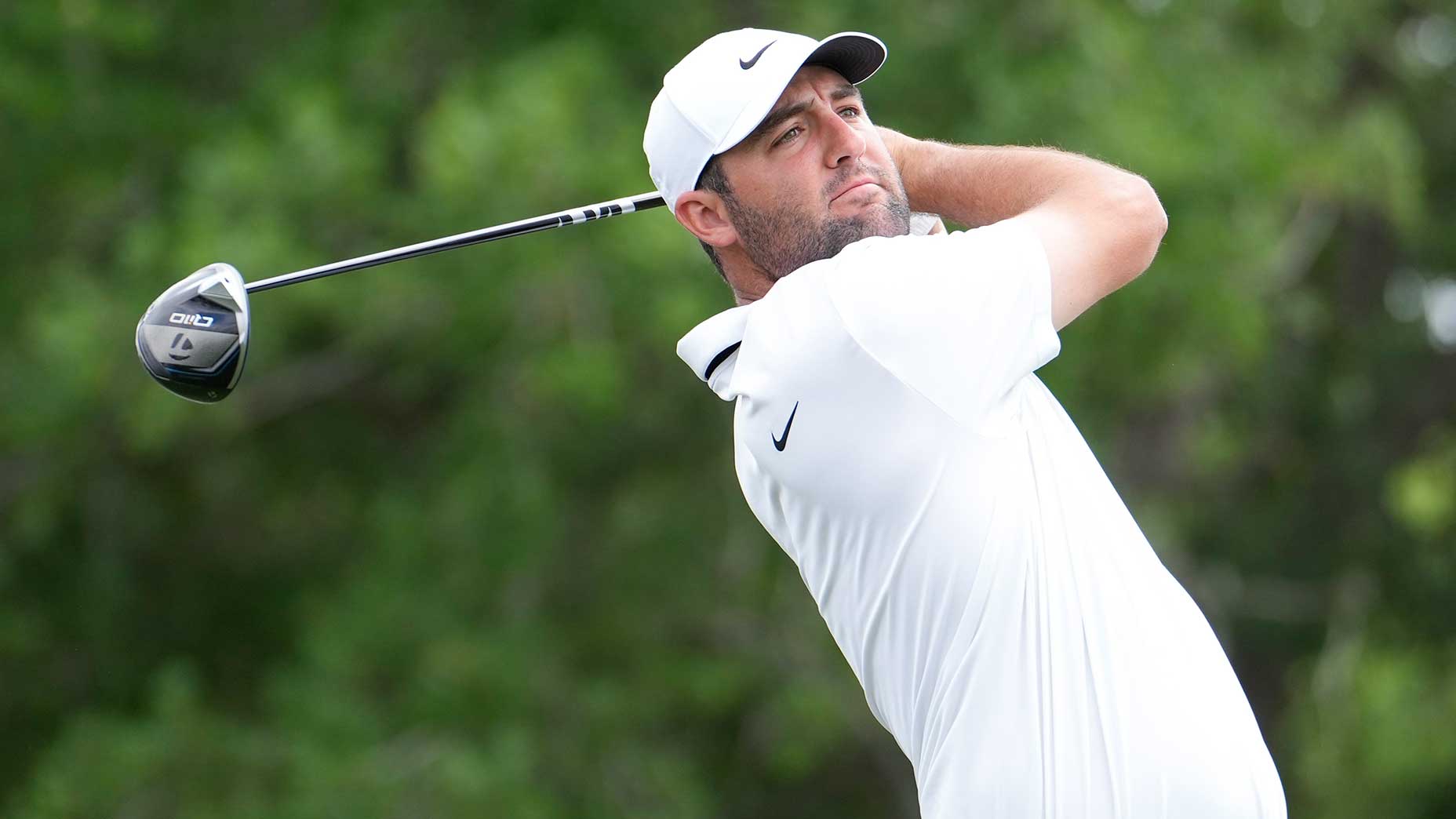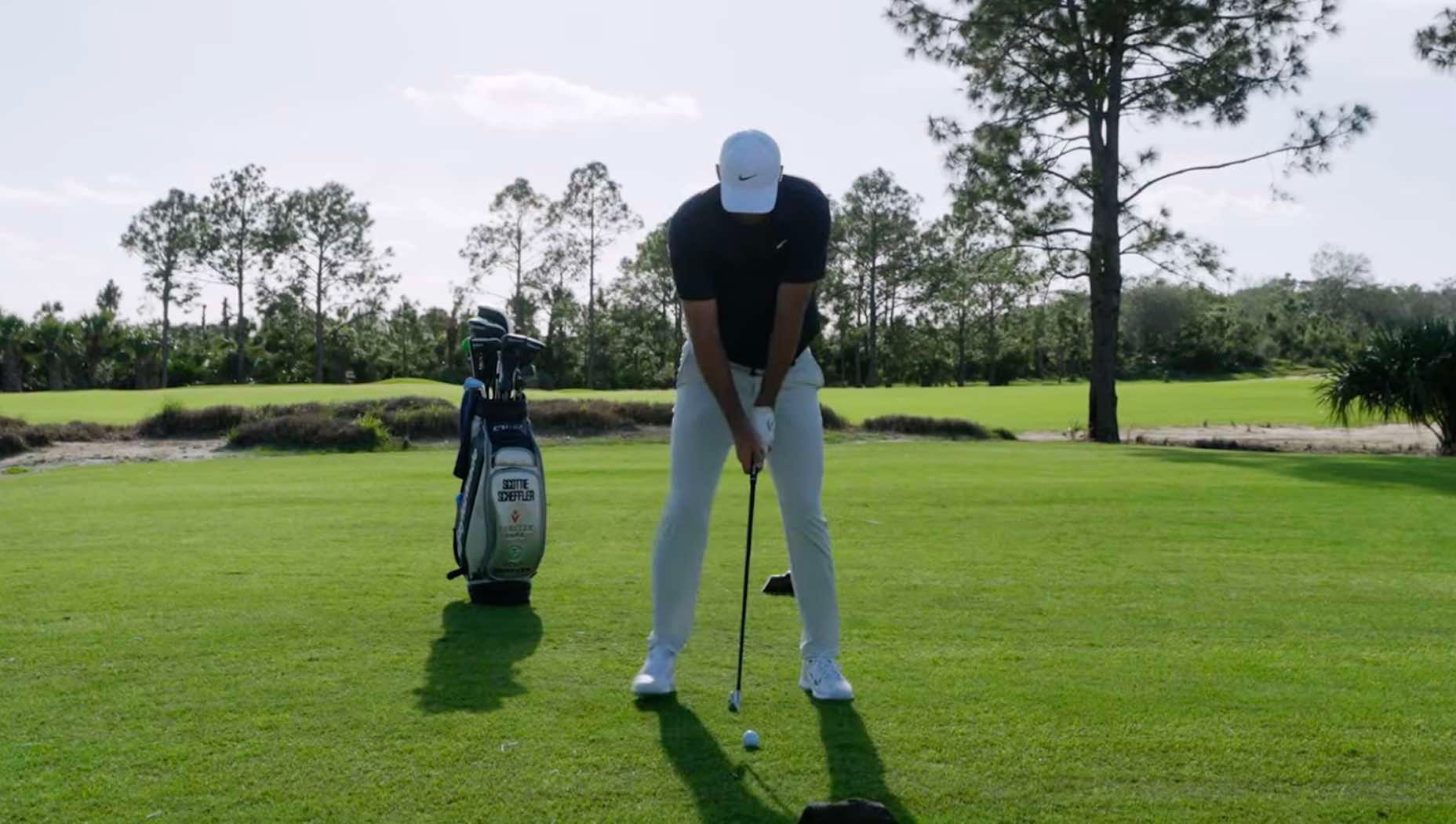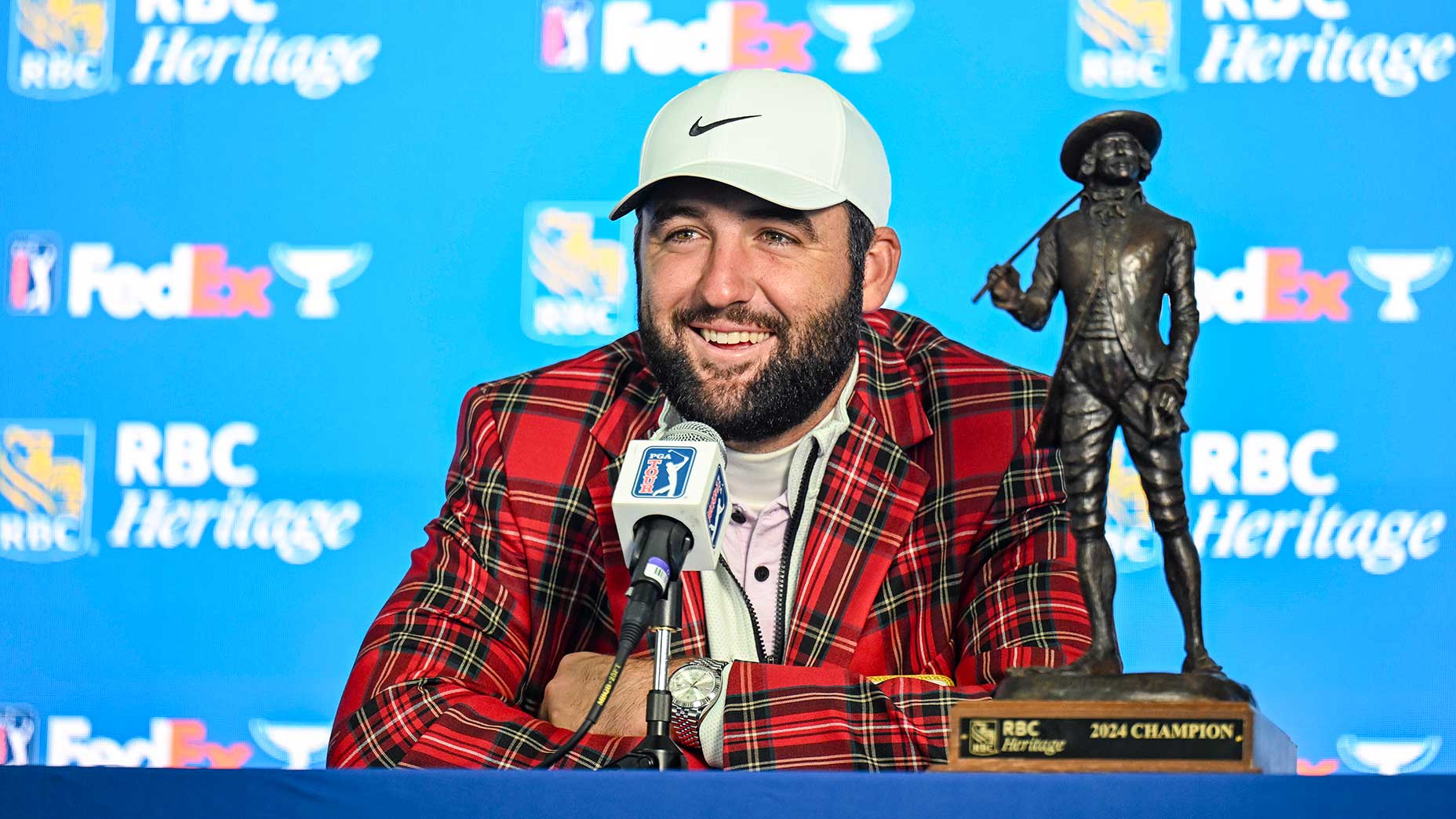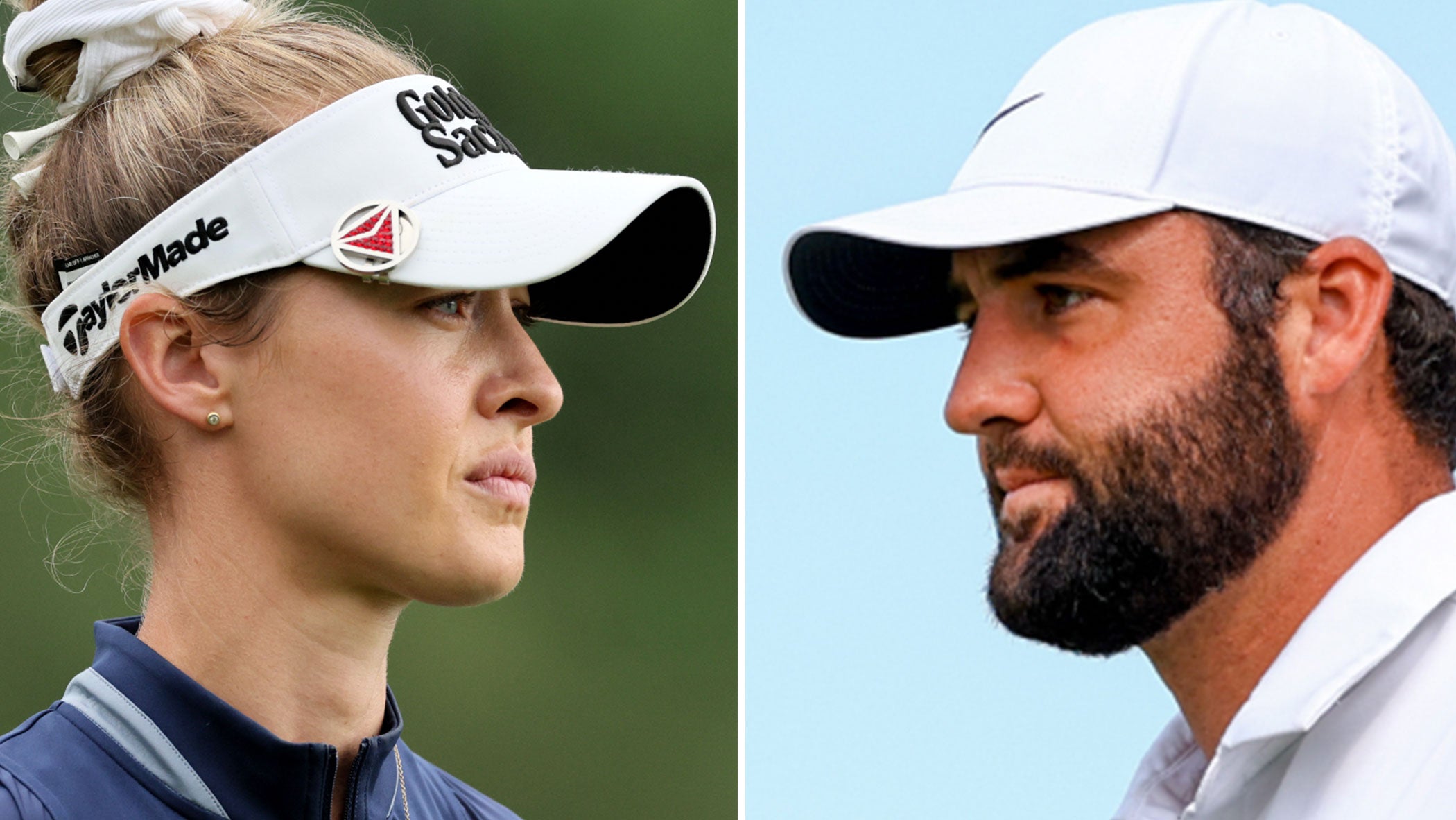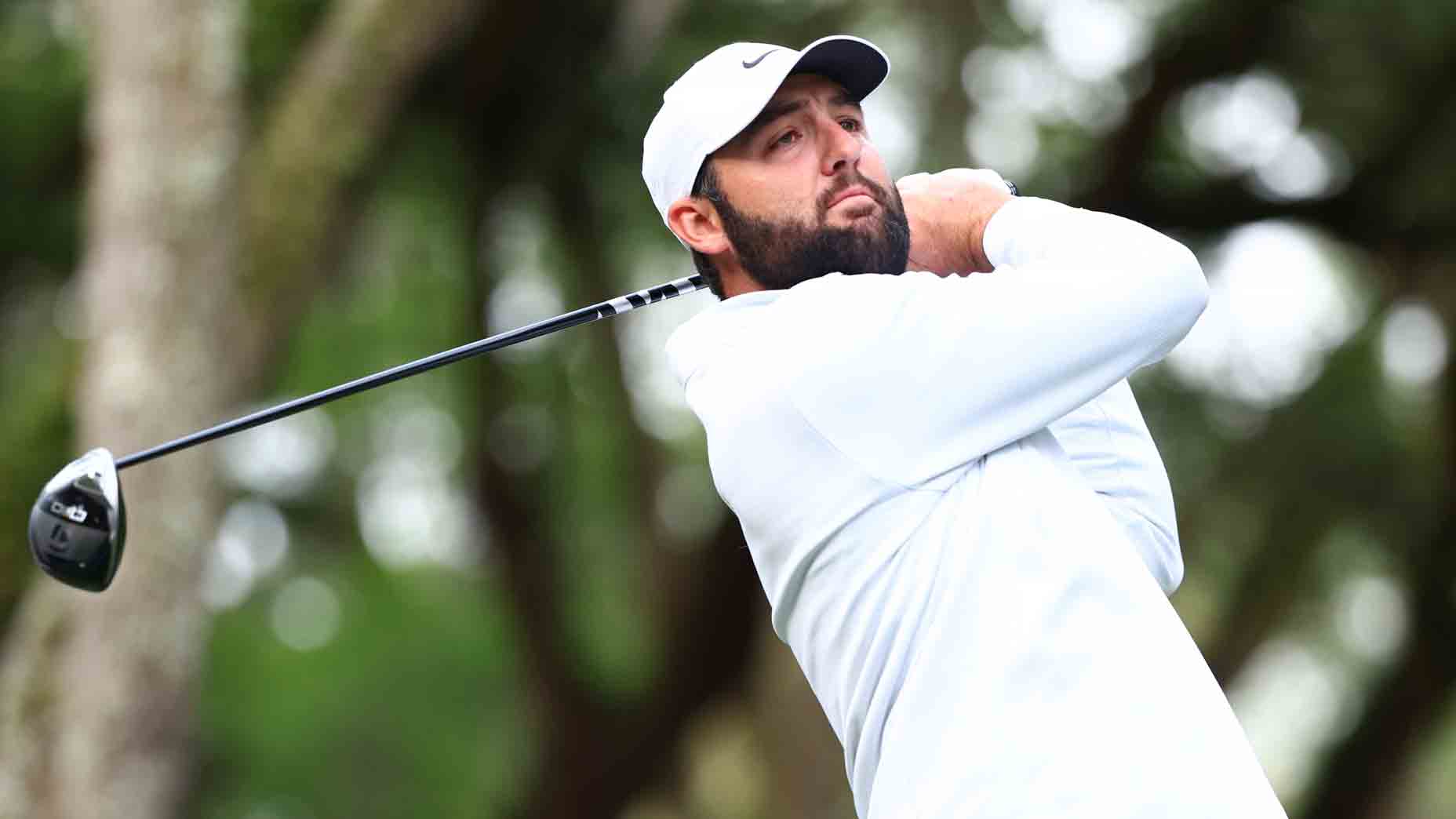What makes Scottie Scheffler’s game so ridiculous? Ask Rory McIlroy
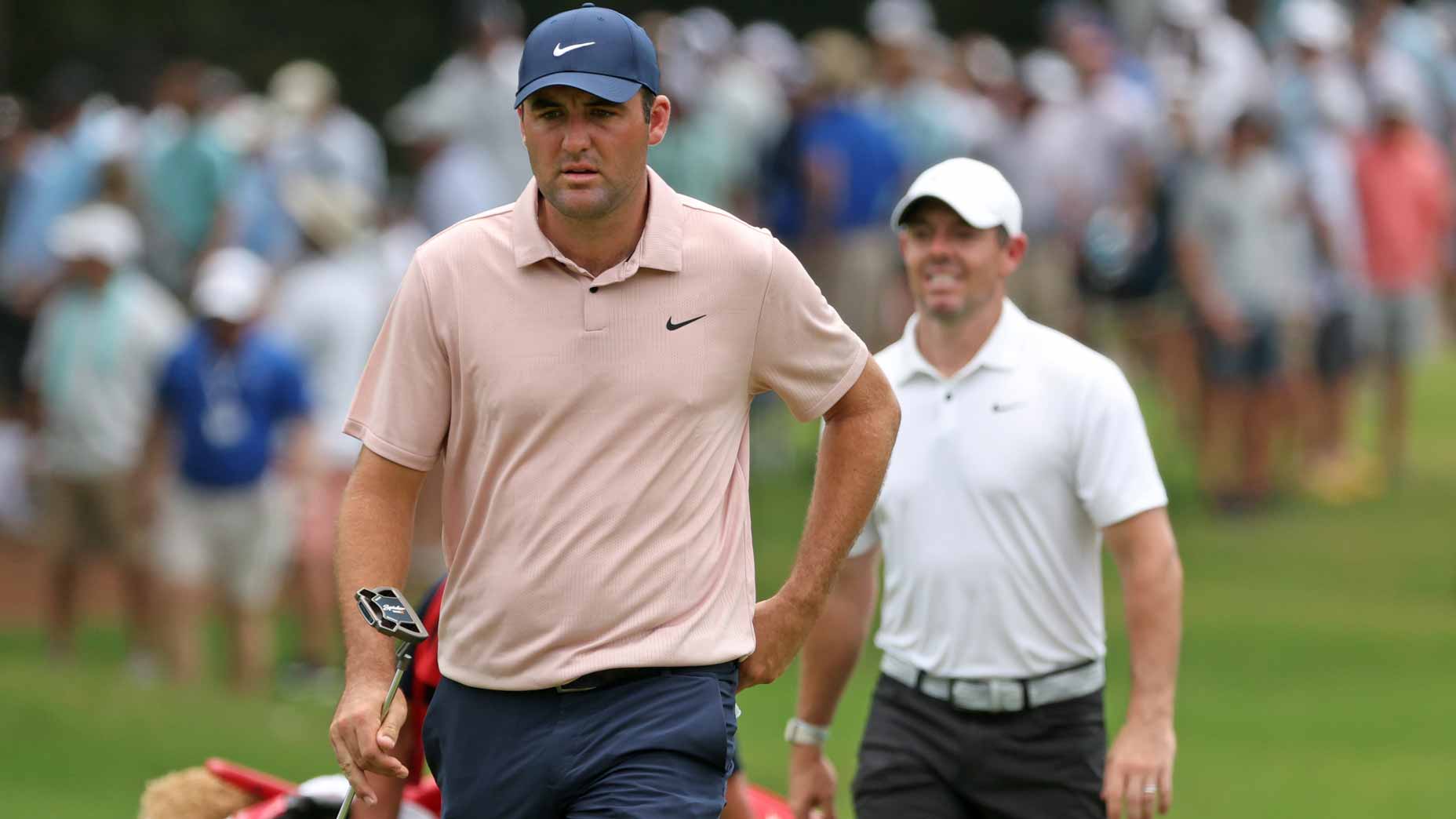
Scottie Scheffler has an admirer in Rory McIlroy.
Getty Images
The most ridiculous thing that professional golf fans currently take for granted is the ball-striking ability of World No. 1 Scottie Scheffler.
It is perhaps a testament to human adaptability that we don’t spend all week, every week marveling at how he can hit driver so far with such control. It is perhaps an unfortunate referendum on the human condition that we’re far more fixated on his putting — the clear weak link in his game — than we are on his everything else. Because that everything else is otherworldly.
Scheffler enters this week’s season finale at the Tour Championship as the No. 1-ranked driver of the golf ball on Tour. Per strokes gained, nobody has been better off the tee; not even Rory McIlroy, who is arguably this generation’s greatest driver.
Scheffler also enters this week as the No. 1-ranked irons player on Tour. Per strokes gained, nobody has been better; not even Collin Morikawa, who is in line to become a generational irons player. This year, Scheffler has gained 1.3 strokes on the field per round on approach; nobody else has cracked 1.0.
So how on earth does he do it? Scheffler’s aw-shucks approach does not lend itself to grandiose self-description; he’s proud of how hard he works and how hard he tries and he’ll leave the contextualizing to everybody else, thanks.
I had lunch with Scheffler earlier this year for a magazine story and asked him what he thinks his public perception is like.
“I have no idea,” he said.
What would he like it to be?
“Oh, man, I don’t know that, either. I mean, it’s like, what’s the point?”
We turn instead to our assistant Scottie Scheffler correspondent, Rory McIlroy. He sits one spot behind Scheffler in the world ranking. He sits one spot behind Scheffler in another category, too, Strokes Gained: Tee to Green, which combines driving and approach with a third category, Strokes Gained: Around the Green, and I haven’t even mentioned that one yet but Scheffler’s sixth on Tour there, too. McIlroy has been terrific at all three components; he’s second in driving and third in approach and eighth around the greens. Scheffler has been better in all three.
“Scottie could end up with the best ball-striking season of all time,” McIlroy said in awe. “He’s hit the ball as good, if not better, than Tiger hit it in 2000, which is the benchmark for all of us.”
So how does he do it? Presented with the question, McIlroy smiled. If you pictured a generational ball-striker you might get visions of a metronomic, stable, simple, aesthetic, repeatable move; essentially a slightly sentient version of our swing robot. But if you’ve seen him hit even one golf ball you’ll realize that Scheffler ain’t that.
“I don’t know,” McIlroy said. “Because, like, you watch Scottie hit a ball and the feet are going everywhere and it’s just [gestures] but he’s just not afraid to hit shots. Like, he’ll hit little bunt cuts with the driver. He’ll hit big high draws. He plays around with the golf ball a ton. He’s got unbelievable hands.”
Here McIlroy started to refer to Scheffler as a “pure feel player” but then caught himself, because Scheffler works hard every day to become something closer to that swing robot, to program in those bunt cuts and high draws, to turn art into science.
“I see him work really hard on the range and I see him work, doing his drills and doing all this stuff,” McIlroy continued. “But then I feel like once he gets on the golf course he’s able to just let all that go and just become so reactive and instinctive and just a pure athlete on the course. So it’s really, really cool to watch. Yeah, like as I said, the numbers that he’s put up this year are phenomenal. Like, unbelievable. To be able to gain over a shot with both your driver and your approach play, I don’t see how you’re not the No. 1 player in the world when you do that.”
In his own pre-tournament press conference Scheffler’s best insight into his superhuman sense for how to operate golf clubs came unintentionally, when he was asked about changing equipment. He hates it. Doesn’t like switching irons because of the little adjustments he has to make. It takes time to get to know the new ones.
“There’s just little things that are different about each club,” he explained. “Like, they could make me five backup drivers in the TaylorMade truck and tell me they’re all the same and I’d hit ’em and I’d be like, guys, I really don’t think that they’re the same.”
That sort of awareness is how he’s put together such a historic season, the type of season earning comparisons to Tiger Woods in 2000. But there’s no dodging the reality that in 2000, Woods won the final three majors of the year. He won nine times in 20 starts. He won the U.S. Open by 15. Scheffler is hardly coming away from the year empty-handed; he won against a star-studded field at the WM Phoenix Open and he won the Players by five. But for a guy who racked up 18 consecutive top-12s and seven consecutive top-fives, two wins seems surprisingly low.
That’s where we inevitably arrive at Scheffler’s putting, which sticks out of his stats page like an anchovy on a birthday cake; Scheffler loses a quarter-shot to the field on the greens, on average, ranking him 145th out of 185 eligible players. The ball-striking stats are in fact so ridiculous that it has sent stats guys scrambling to double-check their work; is it possible that Scheffler is hitting it so well that he has actually broken the strokes-gained model? But the reality is that Scheffler has been a good lag putter and rarely three-putts but just doesn’t make as many putts as his competitors do from 15 feet and in; he’s 170th from 10 to 15 feet and 172nd from 4 to 8 feet. As good as his season’s been, he remains a work in progress on the greens; Scheffler left the property Wednesday night with just a putter in hand, presumably to practice at his rental house or just for team-bonding purposes.
The way the results have shaken out, Scheffler’s historic year may not even be enough to earn him the Tour’s top honors.
“It depends what you value,” McIlroy said, asked who should win Player of the Year. “I think Scottie’s won twice this year, Jon [Rahm]’s won four times, Jon’s won the Masters, Scottie’s won the Players.
“I think Jon probably has a little more to show for his year. But I think it could come down to this week and who performs. But it’s a two-horse race between Jon and Scottie.”
Scheffler’s proud of his season; he cited his approach to each week and his consistency as difference-makers this year.
“I would say those are the two things I’m most proud of. Definitely my most consistent year as a professional.”
But he acknowledged disappointment, too.
“Obviously any time I don’t win a tournament I’m disappointed,” he said. “But being a professional golfer I think you try to find a way to live with that disappointment because you just — you can’t win that often. But I’m trying my best to do it every week.”
Now Scheffler has one more chance at a win; his eyes are set on the Tour’s biggest prize, a check for $18 million, the same prize McIlroy seized from him at this event last season. Like last year, Scheffler starts with a two-stroke lead on the field — a daunting prospect for every player below him on the leaderboard. Even McIlroy.


